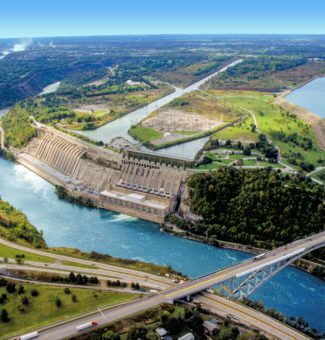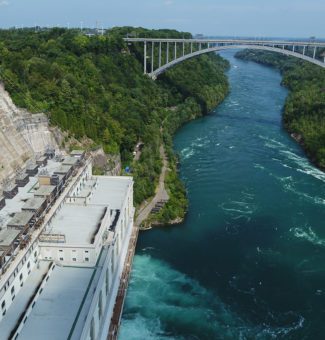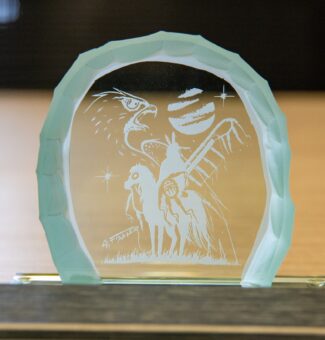Heartland Forest: Restoring 10-hectare wet meadow for pollinators
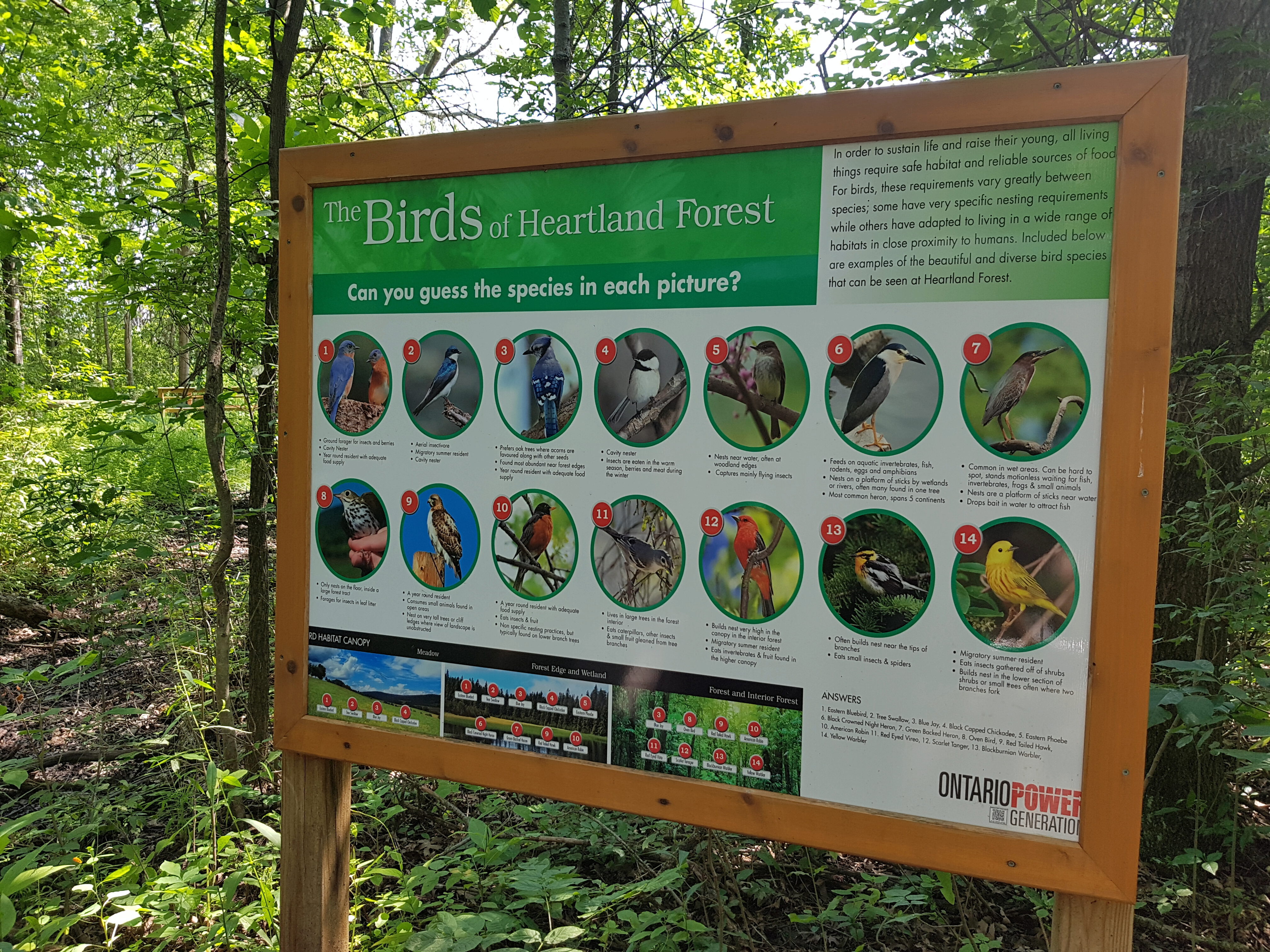
It all started with a grandfather’s dream for his granddaughter.
Dan Bouwman purchased 37 hectares of land in a remote area of west Niagara Falls with the vision of creating a peaceful, accessible and inclusive place to enjoy nature for his granddaughter, Sydney Burciul, who was born with a rare brain disorder.
Supported by donors and funding from the provincial government, the privately owned Heartland Forest opened in 2004 with a mandate of preservation, education and accessibility.
Today, more than 20,000 visitors of all ages arrive each year to enjoy a free interactive nature experience. The property includes two fully accessible trails, playgrounds, an informative nature centre, a butterfly garden, and Canada’s largest accessible tree house.
Heartland Forest is a very positive partner with OPG and it’s such an amazing area. Their vision — making it fully accessible and employing and educating people with disabilities — is pretty amazing. What Dan Bouwman has been able to create is incredible.Lindsay Parks, Environmental Advisor with OPG
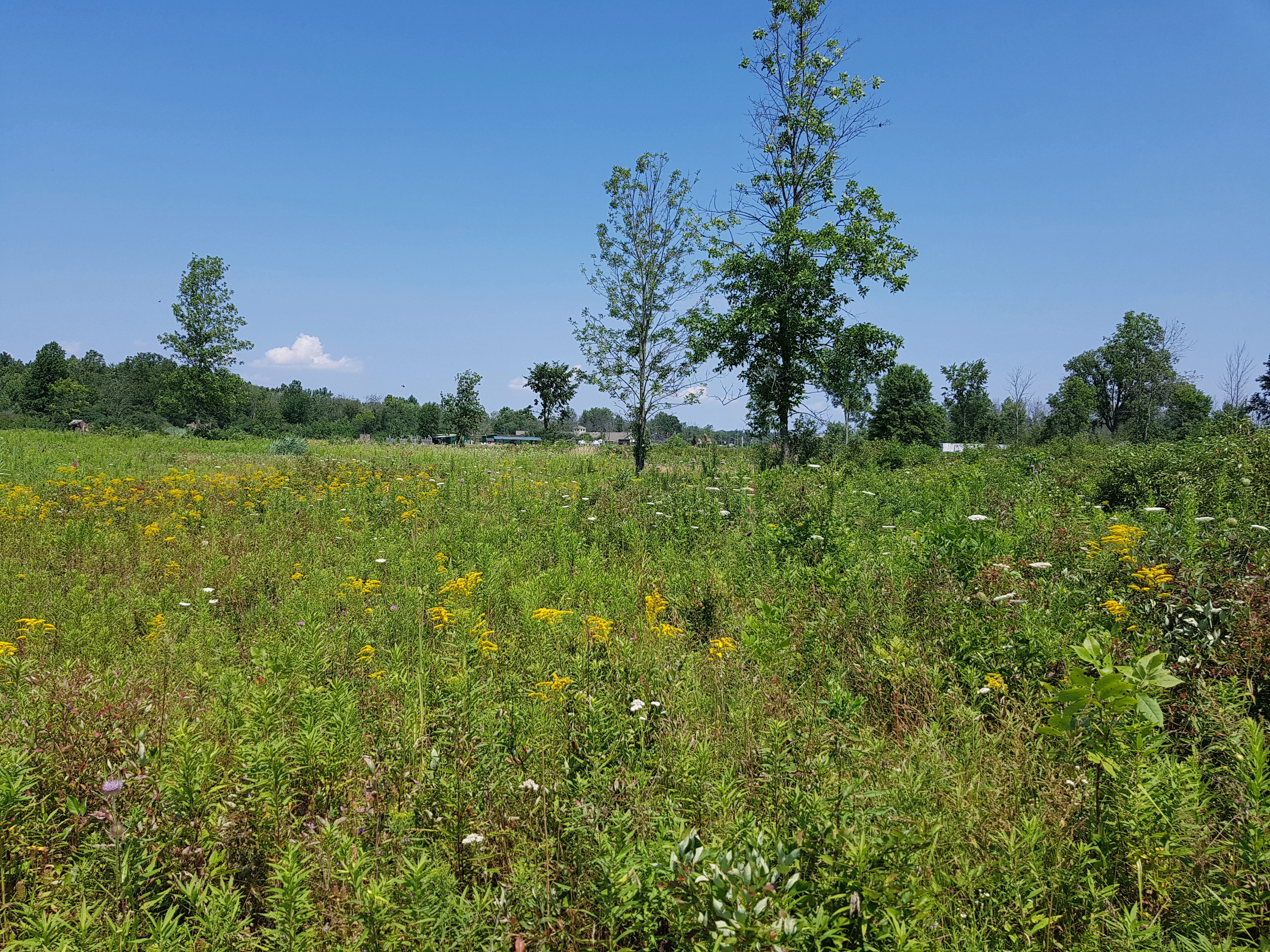
Recently, the registered charity secured funding through OPG’s Regional Biodiversity Program for a two-year wet meadow pollination program. The project’s aim is to restore and enhance a 10-hectare wet meadow and successional field to increase populations of declining wild pollinator species and other species at risk, such as the red-headed woodpecker.
Heartland Forest is home to a provincially significant wetland which is teeming with natural features and species, including 20 species of trees, 50 species of birds, 10 species of amphibians and many other creatures. It also includes a Carolinian forest, frog and turtle ponds, a stream, and vernal pools.
Funds will be used to restore 10 wetland pockets, manage invasive species, restore native plant diversity, and install and monitor habitat structures such as native bee boxes, nesting boxes and barn swallow structures.
Heartland Forest will also use project funding to educate visitors through signage illustrating the importance of native pollinators and a new foot trail that provides access to various microhabitats.
“The whole area is rich with forests, grassland and wetlands. Heartland staff really try to keep it natural and restore areas as well,” said Parks. “This two-year project has all the right goals of restoration, monitoring, and recreational and educational components.”
For more information, visit the Heartland Forest website.
Subscribe and stay informed
Sign up to receive the latest news, project updates, and event information from OPG.
